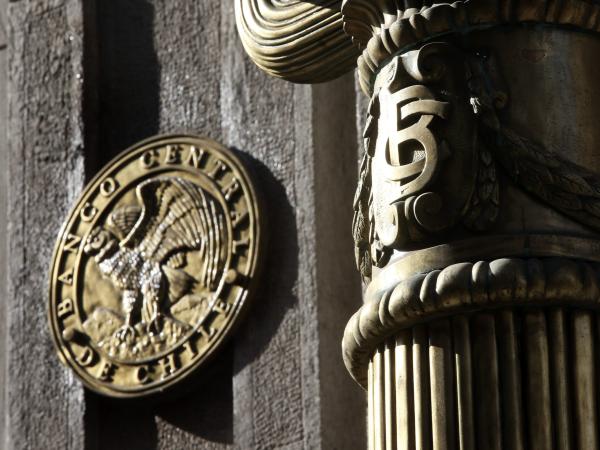After leading interest rate hikes during the pandemic, Latin America is now poised to lower them, though not too soon. It’s not just about lower rates helping a still weak regional economy. It is that they demonstrate the importance of having competent and independent central banks.
(Read more: Taxes, the main problem for 59% of entrepreneurs)
It is expected that Chili be the first of the region’s five major inflation-targeting central banks to cut rates. The surprisingly pessimistic message the Santiago-based monetary authority issued this week, in a split decision to hold rates steady, convinced the market not only that an initial cut in July is almost certain, but also that further easing is possible. fast towards the end of the year.
Felipe Hernández, a colleague at Bloomberg Economics, estimates that the bank could cut 200 basis points in the remainder of 2023, leaving the reference rate at 9.25%. Traders anticipate an even faster easing.
Brazil it should follow, despite the more hawkish-than-expected tone expressed this week by its central bank. The debate now is mainly whether they will cut the Selic in August or September. Although the difference is not negligible after one year with an official interest rate of 13.75%the truth is that borrowing costs will drop at a time when Brazilian companies need financial relief.
(Read more: Will Colombia begin to cut its rates?: This says the Ministry of Finance).
In Mexico, the largest economy in Latin America after Brazil, the picture is somewhat more complicated: Although inflation has been trending downward, the core indicator was still close to 7% at the beginning of June, almost two percentage points above the general reading. On Thursday, the central bank repeated that it would keep the key rate unchanged “for an extended period.”
Central Bank of Chile
EFE
However, the median estimate from economists in the latest Citibanamex survey is that Banxico, famously hawkish, will cut rates in December.
The bank will probably pay close attention to the ex ante real rate, currently slightly above 6% taking into account December expectations, to ensure that the actual tightening is not excessive, especially at a time when the United States, by far Mexico’s largest trading partner, is flirting with recession.
Banxico’s five-member board will also have to factor in a possible rate hike by the US Federal Reserve, but in any case, the bank will ease sooner than its northern counterpart.
(More news: What explains the fall in the purchase of corporate bonds).
Colombia, which with 12.36% has the highest general inflation of these five banks, remains on the lookout. Finance Minister Ricardo Bonilla told Bloomberg News this week that the cut could take place in September, and that a 200 basis point reduction is possible by the end of the year.
Of course Bonilla, who votes on central bank decisions as a member of the board, tends to be more moderate, since his boss (President Gustavo Petro) doesn’t like high interest rates. The moment and the speed of the relaxation in Colombia will depend to a large extent on the data that is arriving.
finally there is Peruwhich has been much more prudent in raising rates, but has yet to see significant progress in slowing inflation. It does not give signs of possible rate cuts and leaves the door open to new increases if necessary. However, my colleague Felipe anticipates that the bank, led by the legendary Julio Velarde, will finally relax in the fourth quarter.
(Read more: Possible US recession: Treasury Department sees no risk)

Colombian pesos.
Archive Weather
In general, in terms of inflation, the outlook is much more favorable for the second half of the year. Central bankers are by nature cautious and prone to warning of the need to anchor inflation expectations. But in fact, the region’s inflation rates are slowly receding. In two of the smallest economies in Latin America —Costa Rica and Uruguay— Central banks have already started cutting rates.
(Venezuela: 108 minimum wages are needed for the family basket)
During the pandemic, independent central banks in Latin America acted before most of their counterparts in developed countries, taking decisive action without trying to appease the market or politicians. Although governments don’t usually like to see rates rise, presidents (with the notable exception of Brazil’s Luiz Inácio Lula da Silva) have almost always let central banks do their job. This, along with other financial reforms in recent years, has smoothed the way through the post-1929 crisis period.
People are free to debate the effectiveness of monetary policy in fighting inflation, even as concerns about rising prices resurface in Europe and the US.. However, at a time when the more established central banks are lagging behind (yes, I mean the Bank of England), those in Latin America have been remarkably receptive. This is no small feat in a region with a history of inflation nightmares.
Bloomberg


![[Img #74664]](https://thelatestnews.world/wp-content/uploads/2024/12/James-Watson-The-controversial-genius-behind-the-double-helix-150x150.jpg)








